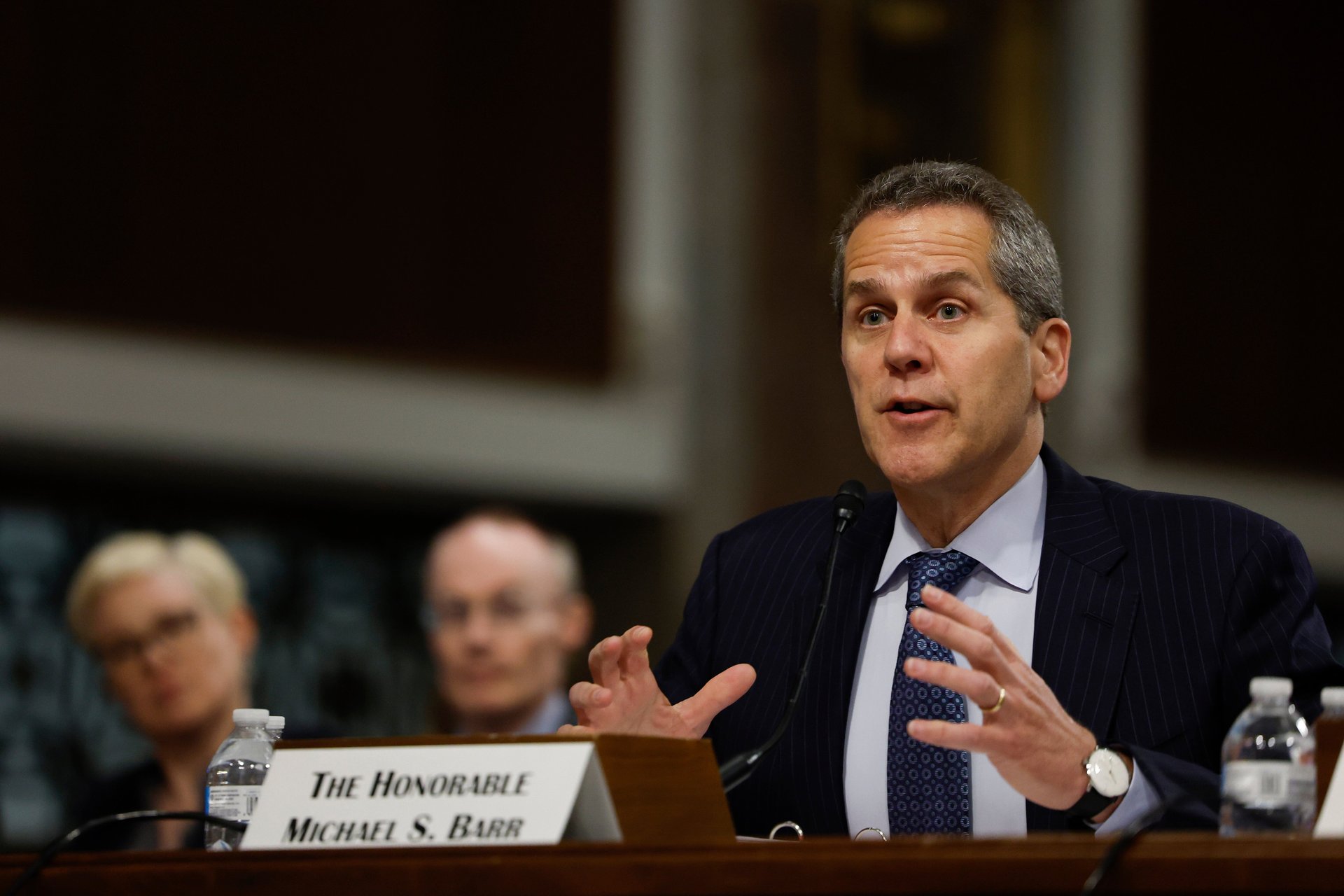The Federal Reserve is proposing sweeping new bank regulations
Capital levels would increase by 9% for regional banks under the proposal

The Federal Reserve has revealed changes to a proposed set of regulations for U.S. banks that would slash roughly half of the additional capital that some of the largest institutions will be forced to hold onto.
Suggested Reading
The original regulations, introduced in June 2023 and dubbed the Basel Endgame, would increase capital requirements for prominent banks by 19%.
Related Content
Its new proposal, which is now known as Basel III endgame, introduced by Fed officials, the Office of the Comptroller of the Currency, and the Federal Deposit Insurance Corp. – would increase capital levels by 9% for big banks, according to remarks by Fed Vice Chair for Supervision Michael Barr.
The new proposal comes after numerous politicians and experts in the banking industry pushed back on the original proposal – cautioning that it could potentially harm the economy and restrict borrowing.
The new version comes after Fed Chair Jerome Powell stated that the central bank was searching to make “broad material changes” to the plan and was looking to secure majority a consensus from the Federal Reserve board.
Large regional banks with assets between $100 billion and $250 billion would be largely excluded from the capital requirements. Barr said that the change would likely boost capital requirements by 3% to 4% gradually. This decision follows the bank failures last year, which were caused by deposit runs connected to unrealized losses on loans.
“This process has led us to conclude that broad and material changes to the proposals are warranted,” Barr said in a statement. “There are benefits and costs to increasing capital requirements. The changes we intend to make will bring these two important objectives into better balance.”